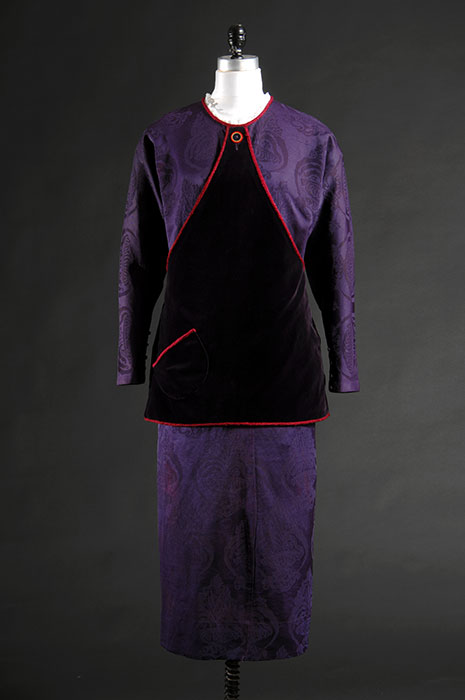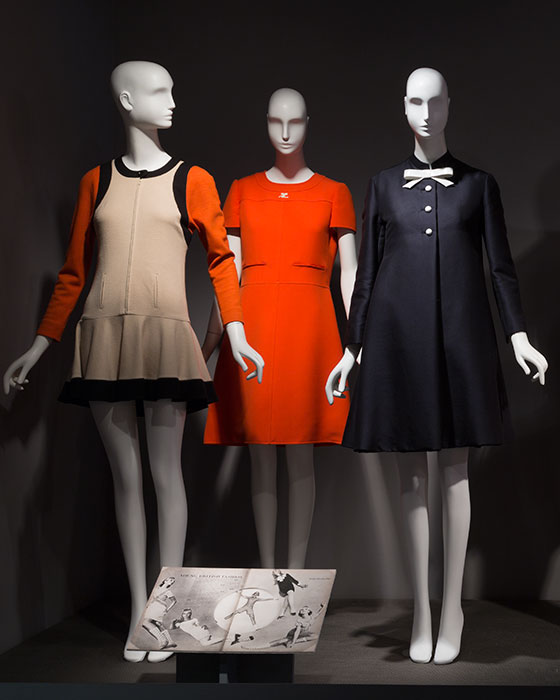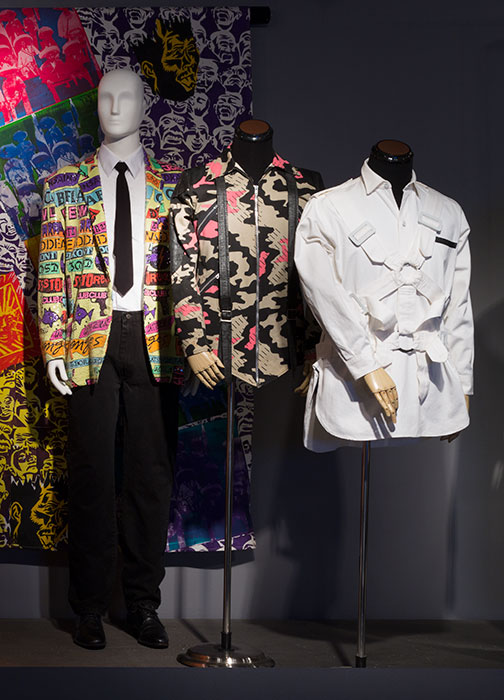Trend-ology
Fashion trends are constantly changing. A single shift in print, color, material, embellishment, or silhouette may quickly become a major new trend. Yet while the contemporary fashion press tirelessly reports the latest trend news, it offers scant insight into where trends originate.
Trend-ology investigates the diverse sources from which fashion trends have emerged over the past 250 years, including urban street style, art, music, film, and socio-political movements. The objects in the exhibition represent a wide variety of trends, with attention paid to source as well as to type (print, color,
and silhouette, for example). They range from nineteenth-century tartan dresses that were inspired by popular Scottish-themed novels, to twenty-first-century “high-low” collaborations, such as a Rodarte for Target sequined dress. The exhibition also highlights industry developments that have had an impact on how trends spread.


























































































































